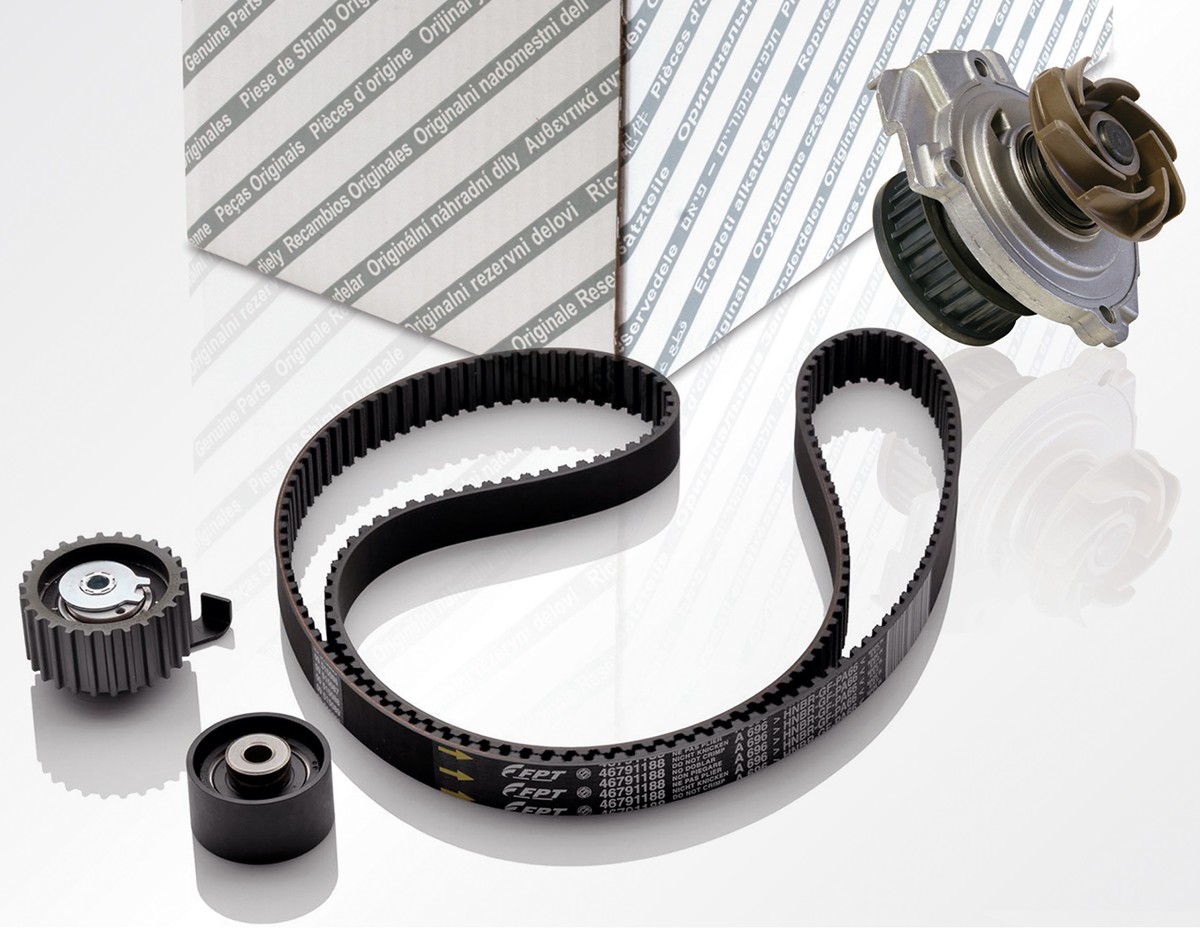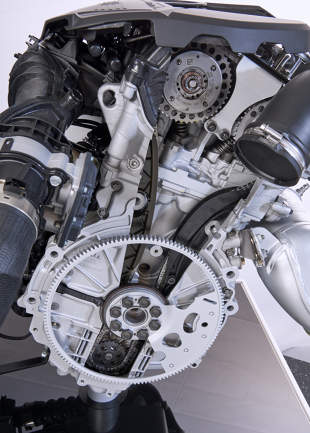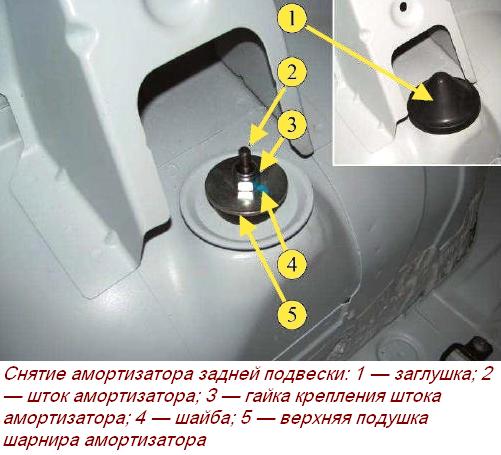
Timing belt or chain. What works best?
 Is it worth looking for a car through the prism of a timing drive type? Probably not, but after buying it is better to find out if the belt or chain works there.
Is it worth looking for a car through the prism of a timing drive type? Probably not, but after buying it is better to find out if the belt or chain works there.
The timing drive is a hot topic for many car models whose engines have an overhead camshaft or camshafts. A long chain or flexible timing belt is typically used to transfer power to camshafts from a far away crankshaft. This is where the problems begin. Timing belts may break prematurely due to excessive wear or may break due to failure of other components. Timing chains can stretch and "jump" on the gears, either due to poor quality steel links, or due to too rapid wear or failure of the sliding blocks of the chain as tensioners and mufflers.
 In any case, serious damage to the motor can occur if the drive is of a so-called "slip-on" design. This "collision" is the possibility of the pistons colliding with the valves when the rotation of the crankshaft is not properly synchronized with the rotation of the camshaft or camshafts. A running belt or chain connects the crankshaft to the camshaft or camshafts, ensuring that these elements are properly synchronized. If the belt breaks or the timing chain “jumps” on the gears, you can forget about synchronization, the pistons meet the valves and the engine is “demolished”.
In any case, serious damage to the motor can occur if the drive is of a so-called "slip-on" design. This "collision" is the possibility of the pistons colliding with the valves when the rotation of the crankshaft is not properly synchronized with the rotation of the camshaft or camshafts. A running belt or chain connects the crankshaft to the camshaft or camshafts, ensuring that these elements are properly synchronized. If the belt breaks or the timing chain “jumps” on the gears, you can forget about synchronization, the pistons meet the valves and the engine is “demolished”.
The extent of damage depends mainly on the engine speed at which the belt or chain failed. It is the greater, the higher the speed at which the failure occurred. At best, they end up with bent valves, at worst, with a damaged cylinder head, cracked or perforated lines, and scratched cylinder liners. The cost of repairs mainly depends on the magnitude of the "cataclysm" that has passed through the engine. In less radical cases, PLN 1000-2000 is enough, in more "advanced" cases this amount must be multiplied by 4, 5 or even 6 when we are dealing with a high-class car. Therefore, when buying, it is worth finding out if the car you are buying has an “auto-collision” of the engine, and if so, what type of timing drive it uses and whether it can cause trouble. Already at the first inspection, you can ask if there are any problems with the timing drive and whether it can withstand the mileage prescribed by the manufacturer. In many vehicles, especially those with timing belts, timing components need to be replaced much sooner than the factory manual suggests. Do not neglect such a requirement, it is better to spend a few hundred zlotys on a new timing drive than a few thousand after the pistons meet the valves.
The editors recommend:
Increased fines for drivers. What changed?
We are testing an attractive family van
The speed cameras stopped working. How about security?
 In general, timing belts are more likely to cause problems. Only a small group of cars have unstable timing chains or sliding strips interacting with them, the failure of which leads to “loosening” of the chain. So what are timing belts used for? Let's get back to history. The first automobile engines with overhead camshafts appeared in the early 1910s. The power units of the time were tall due to the long piston stroke, so the distance between the camshaft and the crankshaft from which it could be driven was considerable. This problem was solved by using the so-called "royal" shafts and angular gears. The "royal" camshaft drive was reliable, accurate and durable, but heavy and very expensive to manufacture. Therefore, for the needs of popular cars with an overhead camshaft, they began to use a much cheaper and lighter chain, and the “royal” shafts were intended for sports cars. Back in XNUMX, chains in the timing drive with a "top" shaft were standard and remained so for almost half a century.
In general, timing belts are more likely to cause problems. Only a small group of cars have unstable timing chains or sliding strips interacting with them, the failure of which leads to “loosening” of the chain. So what are timing belts used for? Let's get back to history. The first automobile engines with overhead camshafts appeared in the early 1910s. The power units of the time were tall due to the long piston stroke, so the distance between the camshaft and the crankshaft from which it could be driven was considerable. This problem was solved by using the so-called "royal" shafts and angular gears. The "royal" camshaft drive was reliable, accurate and durable, but heavy and very expensive to manufacture. Therefore, for the needs of popular cars with an overhead camshaft, they began to use a much cheaper and lighter chain, and the “royal” shafts were intended for sports cars. Back in XNUMX, chains in the timing drive with a "top" shaft were standard and remained so for almost half a century.
 The timing chain with gears is hidden inside the engine, it can drive its auxiliary devices such as the oil pump, coolant pump or injection pump (diesel engines). As a rule, it is strong and reliable, and lasts as long as the entire engine (there are, unfortunately, exceptions). However, it tends to elongate and vibrate, therefore it requires the use of a tensioner and sliding strips that play a guiding and soundproofing role. A single row roller chain (rarely seen today) can be operated up to 100 km.
The timing chain with gears is hidden inside the engine, it can drive its auxiliary devices such as the oil pump, coolant pump or injection pump (diesel engines). As a rule, it is strong and reliable, and lasts as long as the entire engine (there are, unfortunately, exceptions). However, it tends to elongate and vibrate, therefore it requires the use of a tensioner and sliding strips that play a guiding and soundproofing role. A single row roller chain (rarely seen today) can be operated up to 100 km.
A two-row machine can work smoothly even 400-500 thousand km. A toothed chain is even more durable and at the same time quieter, but it is much more expensive than roller chains. A significant advantage of the timing chain is that it warns the car user of impending trouble. When the chain sags too much, it begins to "rub" against the engine housing, a characteristic rattling occurs. This is a signal that you need to go to the garage. The chain is not always to blame, sometimes it turns out that the tensioner or sliding bar needs to be replaced.
See also: Test of an attractive family van
Video: informational material of the brand Citroen
We recommend: What does Volkswagen up! offer?
The chemical industry, which developed dynamically after the war, based on cheap crude oil, provided the industry, including the automotive industry, with more and more modern plastics. They had more and more applications, eventually they also found their way into the timing drive. In 1961, the first mass-produced car appeared with an elastic toothed belt connecting the crankshaft to the camshaft (Glas S 1004). Thanks to numerous advantages, the new solution began to gain more and more followers. Since the XNUMXs, toothed belts in the gear mechanism have been as popular as chains. The timing belt, made of polyurethane, neoprene or special rubber and reinforced with Kevlar fibers, is very light. It also runs much quieter than a chain. It does not require lubrication, so it stays outside of the motor housing and is easily accessible under the plain housing. It can drive even more accessories than the circuit (plus alternator, A/C compressor). However, the belt must be well protected from dirt and oil. It also doesn't give any warning that it might break in a moment.
As you can see, the timing chain is the best and safest solution for your wallet. However, it is difficult to condition the purchase of a car by its presence from the hood. You can live with a toothed belt in the timing drive, but you need to regularly check the condition of the belt and listen to the advice of experienced mechanics.

